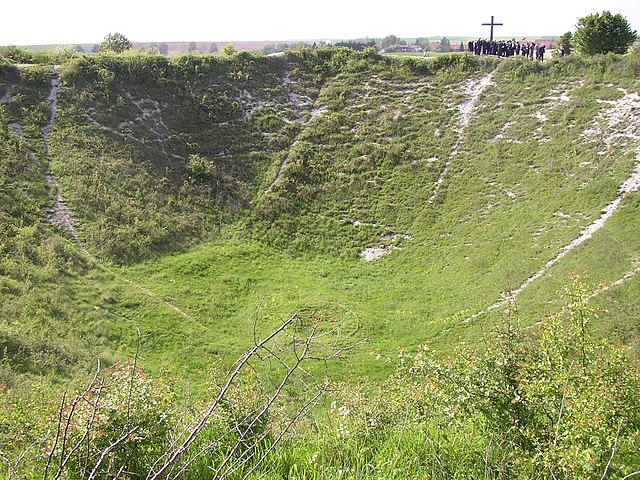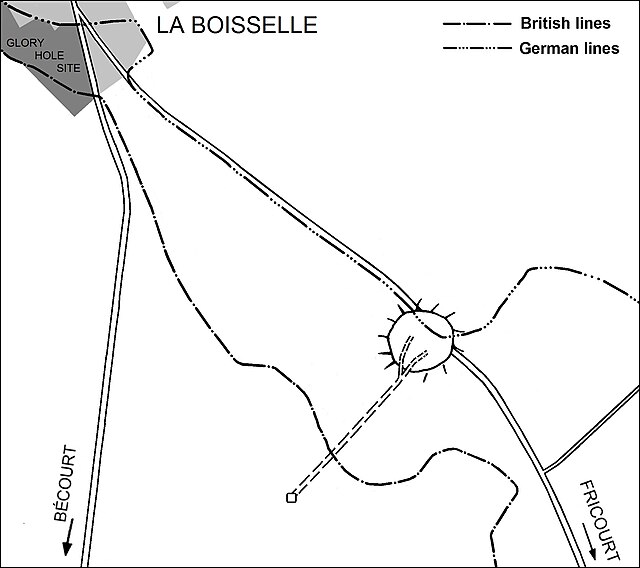102nd (Tyneside Scottish) Brigade
The 102nd Brigade was an infantry formation of the British Army during World War I. It was raised as part of 'Kitchener's Army' and assigned to the 34th Division. After the original formation was converted into a reserve brigade, the number was transferred to a brigade of 'Tyneside Scottish', four 'Pals battalions' of the Northumberland Fusiliers recruited from men of (mainly) Scottish birth or heritage working on Tyneside. The brigade landed in France at the end of 1915 and then served on the Western Front for the rest of the war. The brigade suffered appalling casualties on the First day of the Battle of the Somme. It recovered to participate in the Battle of Arras in 1917, but was virtually destroyed during the German spring offensive of 1918. It was reconstituted with different units in time to take part in the final battles of the war and the post-war occupation of the Rhineland.
Alfred Leete's recruitment poster for Kitchener's Army.
A Grave and a Mine Crater at La Boisselle, by William Orpen.
Lochnagar Crater, present day.
The Church, Péronne, by William Orpen, depicting the destruction carried out by German troops as they retreated to the Hindenburg Line in 1917.
The first day on the Somme, 1 July 1916, was the beginning of the Battle of Albert (1–13 July), the name given by the British to the first two weeks of the 141 days of the Battle of the Somme in the First World War. Nine corps of the French Sixth Army and the British Fourth and Third armies attacked the German 2nd Army from Foucaucourt south of the Somme, northwards across the Somme and the Ancre to Serre and at Gommecourt, 2 mi (3.2 km) beyond, in the Third Army area. The objective of the attack was to capture the German first and second defensive positions from Serre south to the Albert–Bapaume road and the first position from the road south to Foucaucourt.
An example of a Lewis gun
60-pounder gun battery
Aerial photograph of a British gas attack from Carnoy to Montauban, shortly before the Somme offensive.
Diagram of the Lochnagar mine








